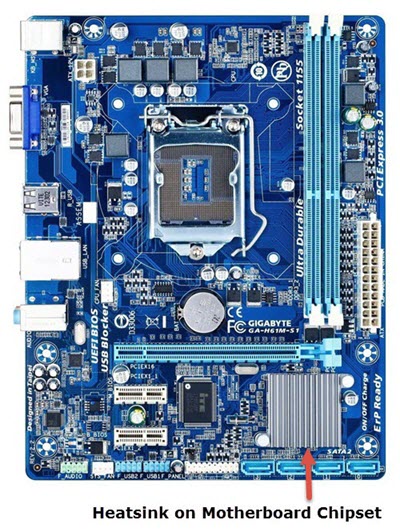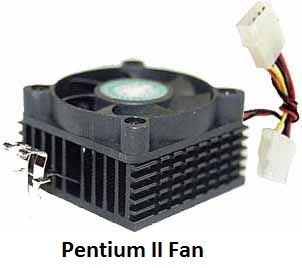How to Reduce Motherboard Temperature if it is Getting too Hot
You might have known about processors, graphics cards or hard disks getting overheated but not so much about motherboards. Generally motherboards do not get that hot as compared to processors and graphics cards but sometimes they can get to very high temperatures for some reasons. Overheating of motherboards could be due to various reasons that I will be discussing next in this post. Overheating of motherboard should not be taken lightly and proper actions or measures should be taken immediately to prevent any damage to the motherboard chipset and also to other components which are directly connected to the motherboard.
The main part that heats up in a motherboard is its chipset which bridges all the components together. If your motherboard chipset temperature reaches over 60 °C then it is a sign of worry and you must take proper steps to bring the temperature down.
Causes and Solutions for Motherboard Overheating
Here are the common causes and fix for motherboard overheating.
Proper Ventilation
This is one of the major problems that can cause motherboard overheating. It might be possible that your cabinet is not having proper air flow or ventilation and this is causing the increase in the temperature of your motherboard. For proper ventilation you should have a full tower or mid-tower cabinet with one front fan and at least one exhaust rear fans installed in it. Also keep your components cables neat and tie them properly so they do not cause any obstruction in between.
Disable Overclocking
If you have been overclocking your CPU then I advise you to disable it and see if it lowers down your motherboard temperature. If it has no effect in decreasing the temperature then try the next solutions that I am discussing next.
Check Chipset Heatsink contact
You motherboard have heatsink installed on its chipset. Here make sure that these heatsinks are not loose and if they are then apply some thermal paste in between and then tight it firmly so that the heatsink makes proper contact with the motherboard chipset.

Check Voltage Settings
Check the voltage settings for your motherboard by going to the BIOS and see that everything is at default or on auto . If any voltage setting looks strange then reset your BIOS to the default settings.
Use a Good Branded SMPS / PSU
A cheap and local PSU may also increase the temperature of your motherboard. So here I would advise you to check your SMPS and if it is a inferior one then buy yourself a good branded SMPS or Power Supply.
Buy Good Budget Branded SMPS Online
How to Find a Good SMPS for your PC
Use a Fan on Motherboard Chipset
If nothing works then you can install a small fan on your motherboard chipset. You can use a Pentium 2 or Pentium 3 processor fan or any other small fan that fits on your motherboard chipset and draw power from the 4-pin peripheral connector of your SMPS.

Update BIOS
You can also update your BIOS to the latest version because sometimes a faulty BIOS may be the cause for high motherboard temperature.
Incorrect Sensor Data
Sometimes the motherboard sensor can report inaccurate temperature in BIOS. In this case you can either manually check the heatsink of the motherboard chipset to see that whether it is becoming too hot or not, or you can use good third-party monitoring programs like HWMonitor to check your motherboard temperature.
Manufacturing Defect
If all the above solutions are not working for you then it may be possible that it is a manufacturing defect in your motherboard, so take your motherboard to your vendor or service center and get it replaced.
